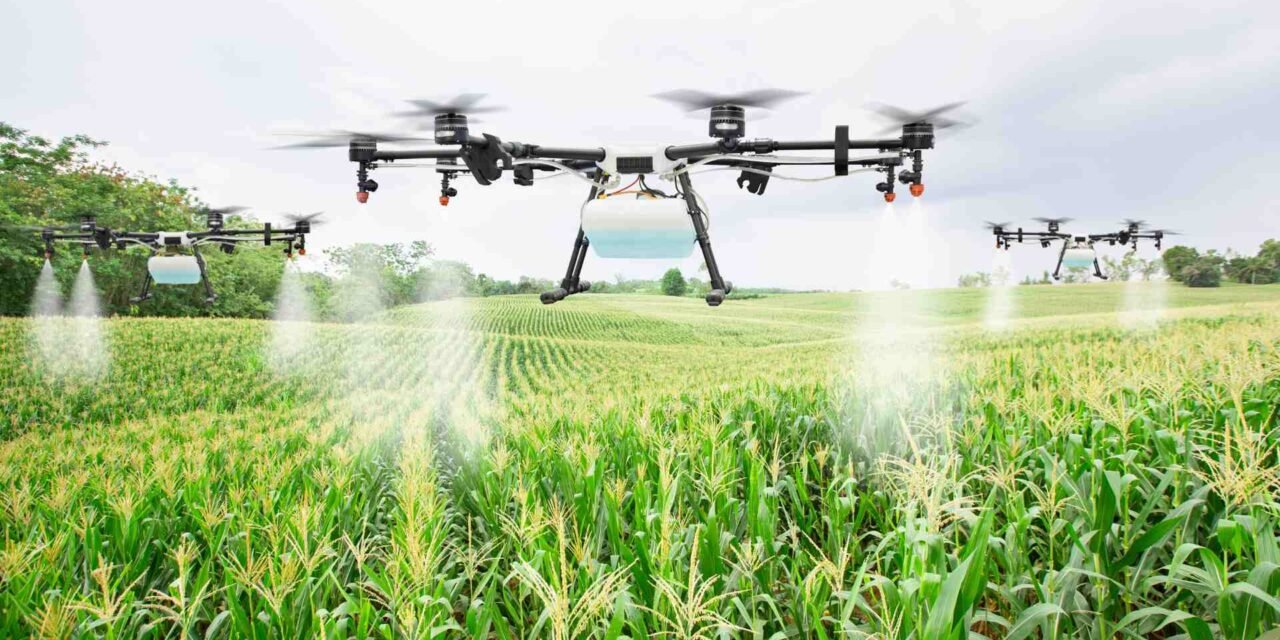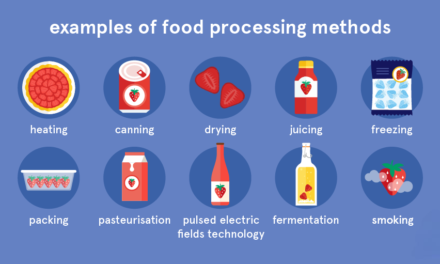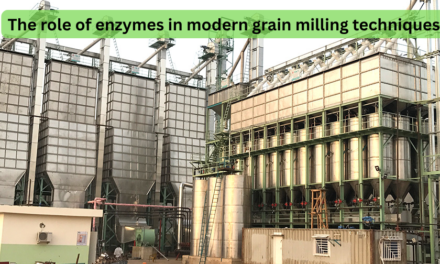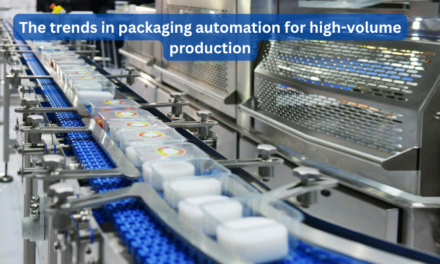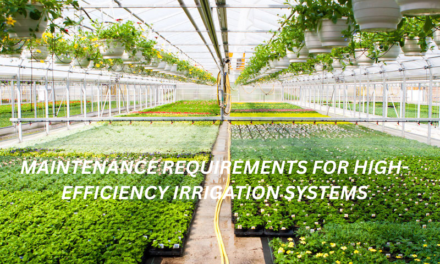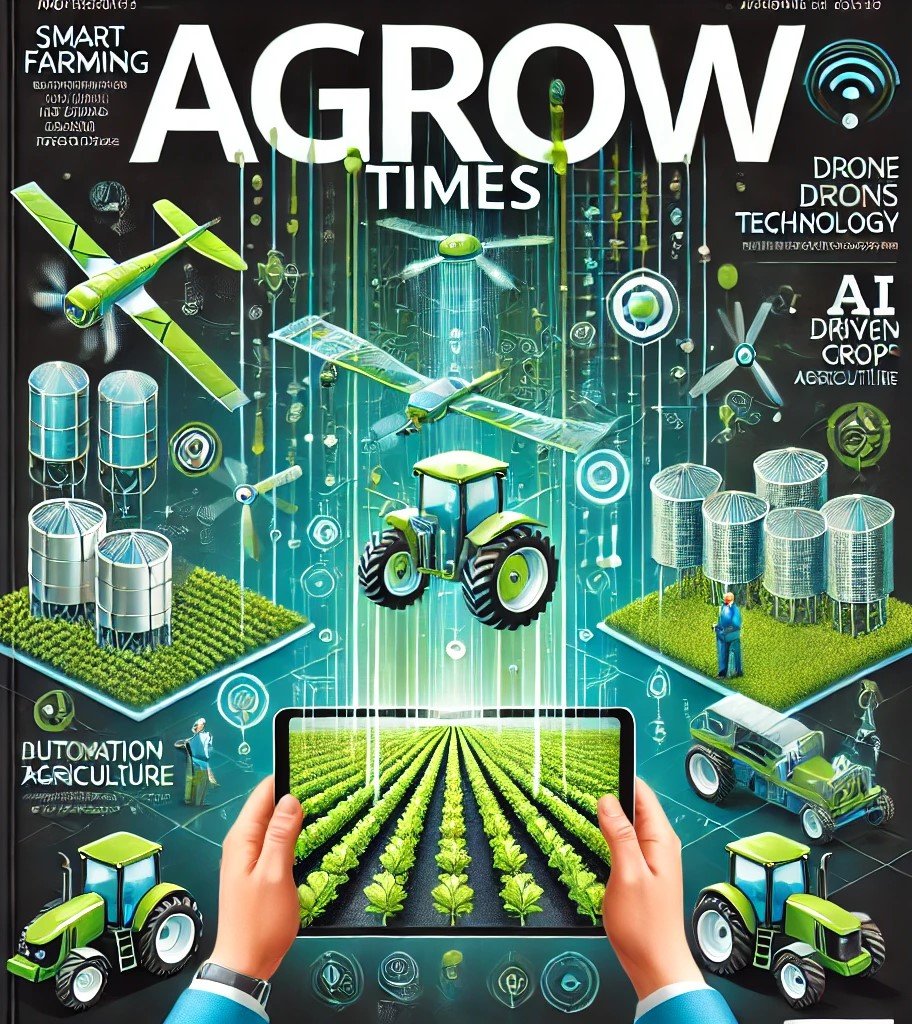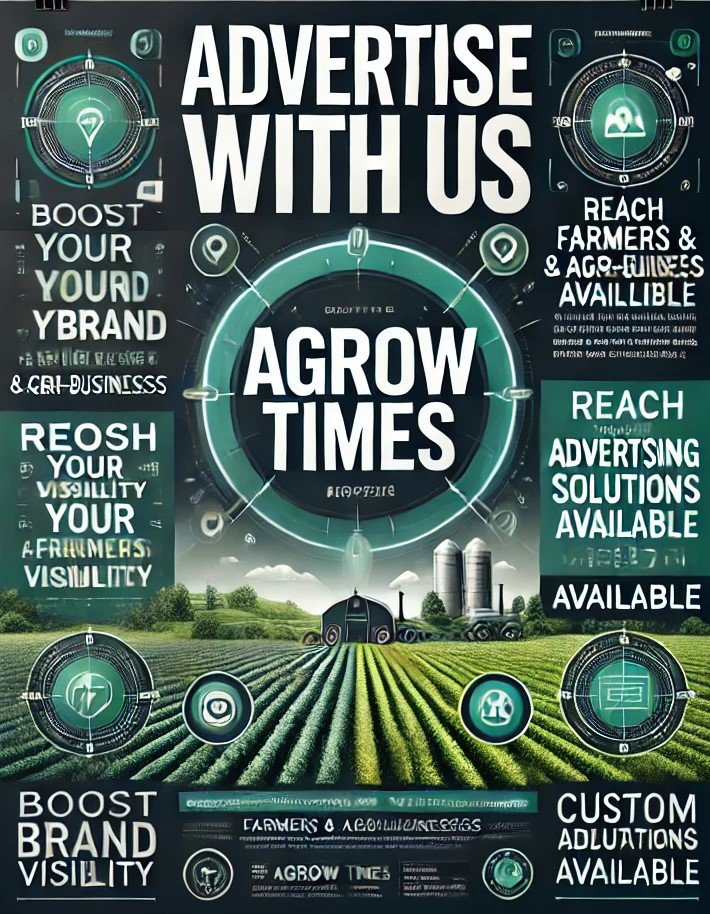Precision rice farming leverages advanced technologies to improve yield, resource efficiency, and environmental sustainability. Here are the key technologies available for precision rice farming:
1. Remote Sensing Technologies
- Satellite Imagery: Provides large-scale monitoring of crop health, growth stages, and stress conditions using NDVI (Normalized Difference Vegetation Index) and other indices.
- Drones: Equipped with multispectral and thermal cameras for real-time, high-resolution data on field conditions like water stress, pest infestation, and nutrient deficiencies.
2. Global Positioning System (GPS)
- GPS-enabled Machinery: Allows precise planting, fertilization, and pesticide application to minimize wastage and maximize coverage.
- Field Mapping: Creates detailed maps of fields to identify soil variability, waterlogging zones, and other issues.
3. Soil and Crop Sensors
- Soil Moisture Sensors: Monitors water levels in the soil to optimize irrigation schedules.
- Nutrient Sensors: Measures soil nutrient levels and crop nutrient uptake for targeted fertilizer applications.
- Canopy Sensors: Assesses plant health through light reflectance to manage inputs more effectively.
4. Variable Rate Technology (VRT)
- Variable Rate Irrigation (VRI): Delivers precise water quantities based on field-specific requirements.
- Variable Rate Fertilizer Application: Applies the right amount of fertilizer in specific field zones to prevent overuse and reduce costs.
5. IoT and Smart Farming Tools
- Internet of Things (IoT) Sensors: Collect real-time data on temperature, humidity, soil pH, and water quality, enabling better decision-making.
- Automated Irrigation Systems: Integrates IoT sensors and controllers for precision water delivery.
6. Unmanned Ground Vehicles (UGVs) and Robots
- Autonomous robots for tasks like seeding, weeding, and harvesting.
- Robotic rice planters and transplanters for labor-intensive stages of rice cultivation.
7. Big Data and Analytics
- Collects and analyzes data from multiple sources, including weather forecasts, soil maps, and historical yield data, to predict crop performance and optimize practices.
8. Artificial Intelligence (AI) and Machine Learning
- AI models for pest and disease prediction based on real-time and historical data.
- Decision support systems to recommend actions like irrigation timing, pesticide use, and harvest scheduling.
9. Water Management Technologies
- Alternate Wetting and Drying (AWD): Controlled irrigation systems to minimize water use while maintaining yield.
- Flood Sensors: Prevent excessive waterlogging by alerting farmers.
10. Blockchain and Digital Platforms
- Traceability of rice production processes from planting to market.
- Mobile apps for farm management, including crop monitoring, input tracking, and market linkage.
11. CRISPR and Biotech Innovations
- Genome editing technologies like CRISPR are being used to develop rice varieties with higher resistance to pests, diseases, and environmental stresses.
12. Hydroponic and Aeroponic Systems
- Non-soil-based cultivation methods for high-efficiency rice farming in controlled environments.
13. Renewable Energy Integration
- Solar-powered irrigation pumps and sensors reduce dependency on conventional energy sources.
These technologies can be integrated for maximum effectiveness, often through a central farm management system that uses real-time data and analytics to optimize resources and productivity.

